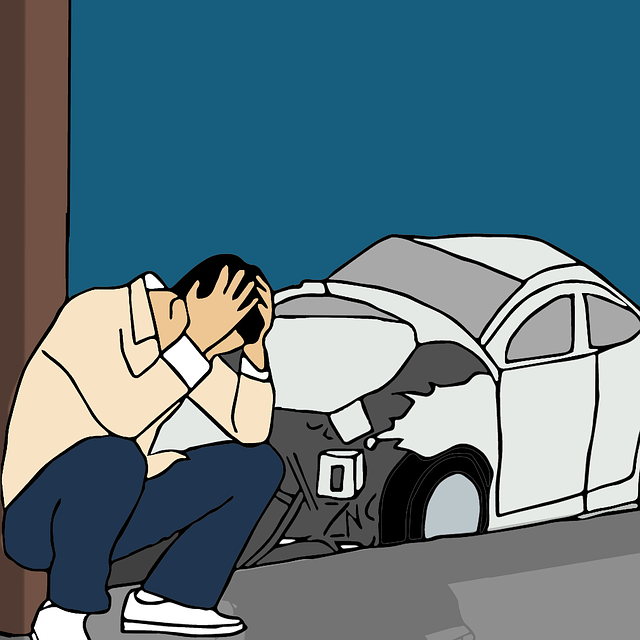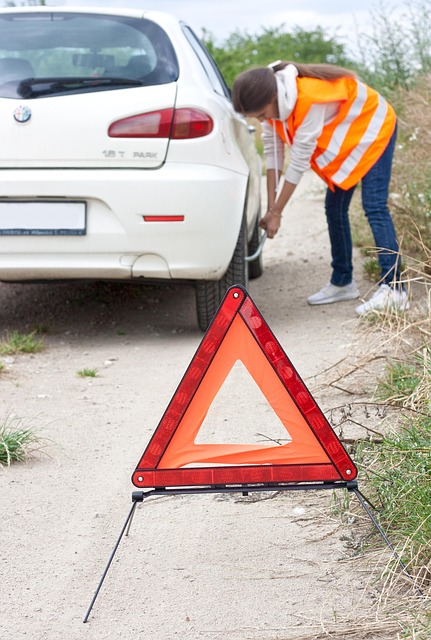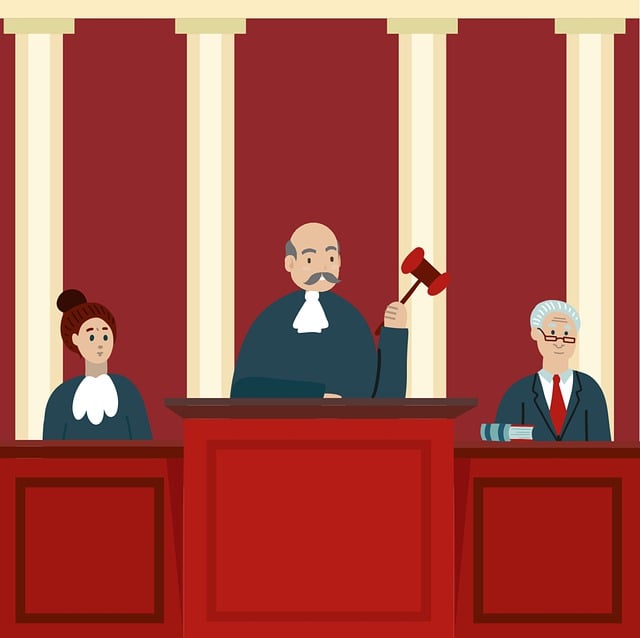Dog bite laws vary by region, aiming to protect individuals from aggressive dogs and assign legal responsibility. Provocation, such as aggressive handling or taunting, can incite attacks and affect liability, with jurisdictions applying strict or nuanced approaches. Establishing fault requires proving owner negligence or knowledge of aggression, impacting compensation claims for victims through personal injury lawyers. Understanding these laws is crucial for managing potential legal outcomes compared to other liability cases.
Dog bite incidents have long-lasting impacts, making it crucial to understand the legal framework surrounding them. Dog bite laws vary by jurisdiction but all aim to balance the rights of victims with the welfare of dogs and their owners. A central aspect in these laws is the definition of “provocation,” determining when a dog’s reaction is justifiable. This article explores how dog bite laws define provocation, delve into fault determination, and analyze the intricate relationship between provocation and liability.
- Understanding Dog Bite Laws: Provocation Defined
- Fault Determination in Dog Bite Cases
- The Role of Provocation and Fault in Liability
Understanding Dog Bite Laws: Provocation Defined

Dog bite laws vary by jurisdiction, but they all share a common goal: to protect individuals from harmful dog attacks and establish legal responsibility in such incidents. At their core, these laws define “provocation” as any actions or factors that incite or encourage a dog to bite. This could include attempting to handle or disturb a dog in an aggressive manner, invading its personal space, or even taunting or provoking the animal. It’s crucial to understand these legal definitions, especially when considering potential liability for dog bites.
In many cases, the law attributes fault not only to owners but also to individuals who inadvertently provoke dogs. This means that if you’re bitten due to your own actions, such as trying to play with a stray dog or approaching a guarded animal without permission, it might not be solely the owner’s responsibility. Awareness of these provocation factors is vital, and understanding them can help prevent accidents and guide individuals on how to navigate potential legal consequences after a dog bite incident—even compared to scenarios like Orlando auto accident attorney cases or product liability settlements, where fault determination plays a significant role.
Fault Determination in Dog Bite Cases

In dog bite cases, determining fault is a complex process that varies under different jurisdictions. Dog bite laws typically define “provocation” as any action by the victim that significantly increases the likelihood of an attack, such as teasing, tormenting, or threatening a dog. While these laws may assign liability to the owner for certain provocations, they also consider other factors like the dog’s history and behavior. A Boca Raton personal injury lawyer might argue that the onus of proof lies with the plaintiff to demonstrate the owner’s negligence or knowledge of their dog’s aggressive tendencies.
In some cases, strict liability laws apply, shifting the blame entirely towards the owner regardless of provocation. However, many legal systems follow a more nuanced approach, combining elements of both fault and strict liability. This determination can be crucial for victims seeking compensation through a slip and fall lawyer or personal injury lawyer, as it influences the success of their claim under dog bite laws. Product liability, while not directly applicable to dog bites, becomes relevant when a victim sues for damages caused by a dog that was defective or poorly trained due to manufacturer or owner negligence.
The Role of Provocation and Fault in Liability

In the realm of dog bite laws, the concepts of provocation and fault play a pivotal role in determining liability. Dog bite cases often involve complex legal interpretations, where the actions of both the dog owner and the victim are scrutinized. Provocation refers to any action or conduct that stimulates or excites a dog, potentially triggering an aggressive response. This could include actions like teasing, taunting, or even ignoring the dog’s warning signs. The level of provocation is a critical factor in assigning fault; minor provocation may not excuse the owner’s negligence, but it can mitigate damages.
On the other hand, establishing fault means proving that the dog owner was negligent in controlling their pet. This often involves demonstrating a defective product injury caused by the dog, such as failed leash regulations or inadequate training. Serious injuries resulting from dog bites can lead to stringent legal actions against owners who fail to exercise reasonable care. Engaging the services of an accident attorney specializing in dog bite cases is crucial for navigating these complex legal waters and ensuring victims receive fair compensation for their suffering.
Dog bite laws play a crucial role in determining liability by clearly defining “provocation” and establishing fault. Understanding these concepts is essential for both pet owners and members of the public to navigate potential legal consequences. In cases where provocation is present, fault determination becomes more complex, emphasizing the need for responsible dog ownership and awareness of local regulations. By recognizing the interplay between provocation and fault, individuals can better protect themselves and ensure their pets are properly managed, ultimately contributing to safer communities.






